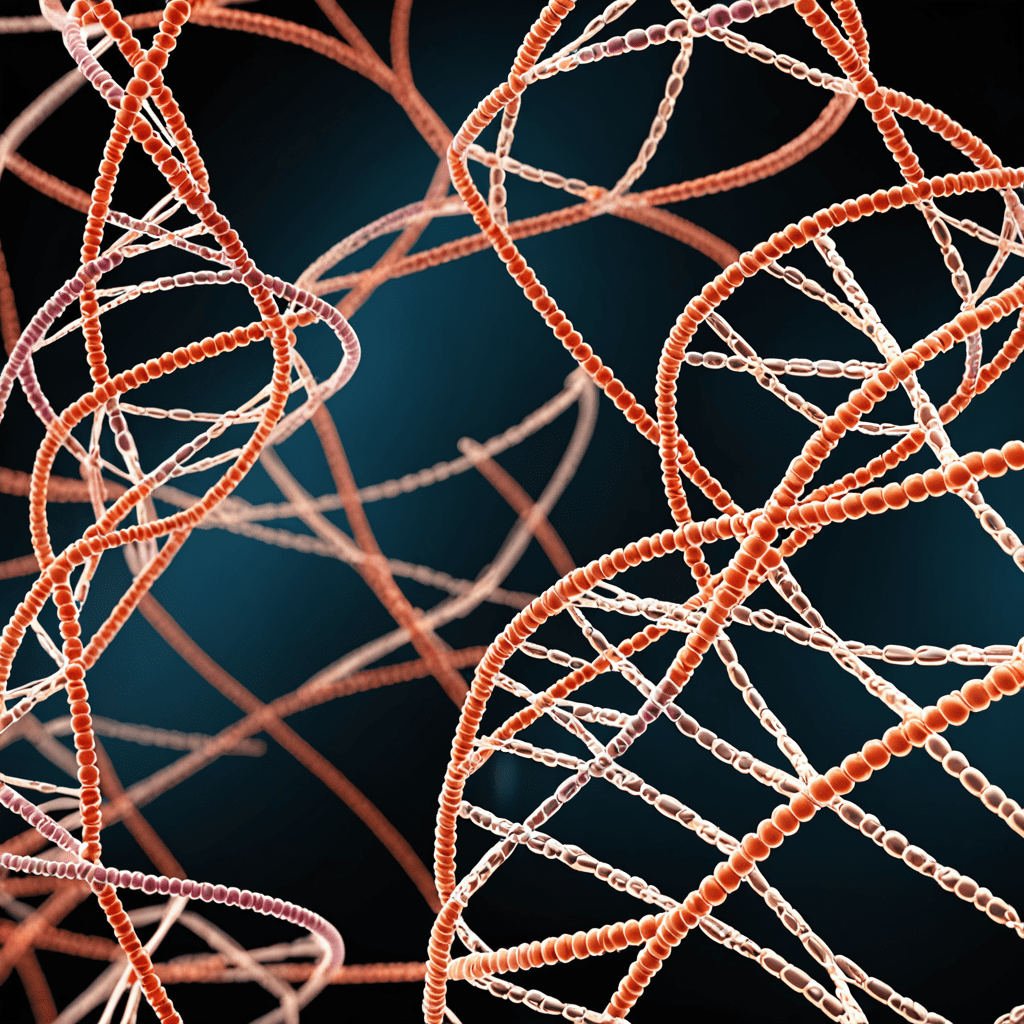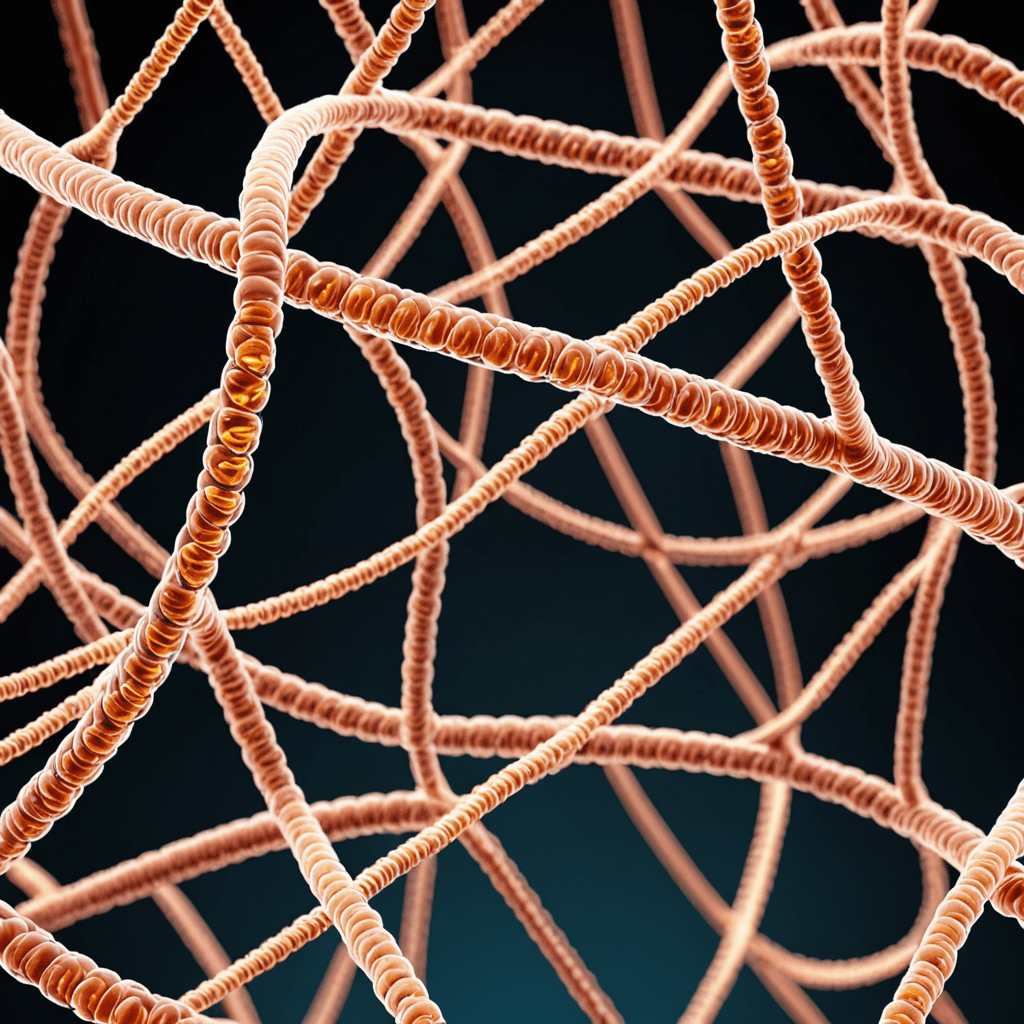The Evolution of Drug Discovery: Computational Drug Design
1. Introduction to Computational Drug Design
Computational drug design, a crucial aspect of biotechnology and bioinformatics, involves using computational methods to expedite the drug discovery process. This innovative approach utilizes algorithms and computer simulations to predict how certain molecules will interact with biological targets, aiding in the design of new and more effective drugs.
2. Role of Biotechnology in Drug Development
Biotechnology plays a pivotal role in drug development by harnessing biological systems, organisms, or derivatives to develop products and technologies to treat diseases. In computational drug design, biotechnological tools are used to analyze complex biological data and identify potential drug candidates.
3. Importance of Bioinformatics in Drug Discovery
Bioinformatics, the field that combines biology and computer science, is essential in drug discovery. By analyzing vast amounts of biological data, bioinformatics helps researchers understand the structure and function of molecules, facilitating the identification of drug targets and the design of molecules with therapeutic potential.
4. Utilizing Big Data in Computational Drug Design
The use of big data in computational drug design allows researchers to mine vast datasets for valuable insights. By analyzing genetic, proteomic, and chemical information, scientists can identify potential drug targets, predict drug efficacy, and optimize drug design, leading to more targeted and efficient drug development.
5. Advances in Machine Learning and Artificial Intelligence
Machine learning and artificial intelligence have revolutionized computational drug design by enabling the development of predictive models and algorithms. These technologies can analyze large datasets, predict molecular interactions, and even suggest novel drug candidates, accelerating the drug discovery process and reducing costs.
6. Personalized Medicine and Targeted Therapies
Computational drug design has paved the way for personalized medicine and targeted therapies. By leveraging computational tools to analyze individual genetic and molecular profiles, researchers can develop customized treatment plans that are tailored to specific patient characteristics, leading to more effective and precise therapies.
7. Future Implications and Potential of Computational Drug Design
The future of drug discovery lies in the continued advancement of computational drug design. With ongoing developments in biotechnology, bioinformatics, and computational technologies, we can expect more efficient drug development processes, the discovery of novel therapies, and ultimately, improved outcomes for patients worldwide.
Frequently Asked Questions: Biotechnology and Bioinformatics: Computational Drug Design
What is Biotechnology?
Biotechnology is a field that combines biology and technology to improve and develop products and processes. It involves the use of living organisms or their derivatives to create products, enhance agricultural practices, and develop medicines.
What is Bioinformatics?
Bioinformatics is the application of computer science, statistics, and mathematics to biological data. It involves the analysis and interpretation of biological information, such as DNA sequences, to understand biological processes and develop new technologies in healthcare and agriculture.
What is Computational Drug Design?
Computational drug design is a method that uses computer algorithms and simulations to discover and design new drug compounds. It involves analyzing the interaction between drugs and biological targets to predict the effectiveness and safety of potential drugs before they are synthesized and tested in laboratories.


